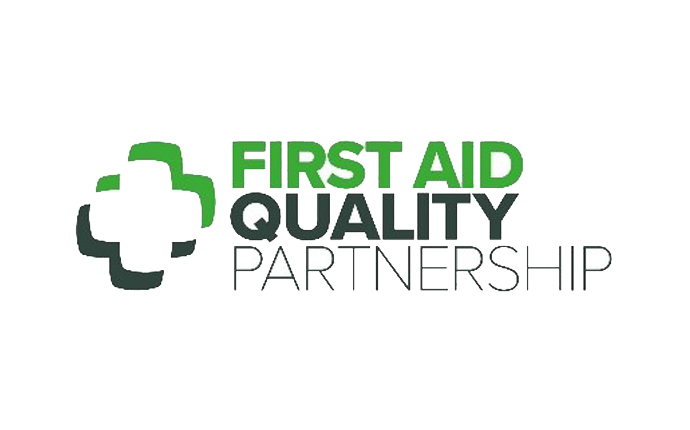Face-to-face PFA training during the COVID-19 pandemic UPDATE 11/1/21

The statutory framework for the Early Years Foundation Stage (EYFS) sets out in Annex A the criteria for effective Paediatric First Aid (PFA) training. This says that emergency PFA courses should be undertaken face-to-face. As the full PFA course includes the elements covered in emergency PFA training, these elements should be delivered face-to-face. This is to ensure that that practical elements included in the course (such as administering CPR and dealing with choking) can be demonstrated by a trainer and so trainees can be properly assessed by direct observation, to ensure their competence.
The Department for Education (DfE) does not approve specific PFA training providers but the EYFS does include a link to the Health and Safety Executive (HSE) guidance on selecting a training provider.
PFA training providers are making face-to-face training available during the pandemic and it is permitted in each of the three tiers. The DfE recognises that there may be concerns about the safety of face-to-face training during the Covid-19 pandemic. However, such training can be delivered in a way that is Covid-19 secure and it is important that early years providers select courses that are delivered with the safety of trainees in mind.
The First Aid Quality Partnership (FAQP), a stakeholder group representing leading organisations in the first aid training industry, has developed some advice for employers on delivering first aid training during the COVID-19 pandemic as follows:
In addition to the requirements laid down by the HSE in ‘Selecting a first-aid training provider: A guide for employers – GEIS3’, we as the industry leaders in workplace first aid training recommend that employers consider the following aspects as part of their due diligence when choosing a first aid training provider during the Covid-19 outbreak.
• A training provider should risk assess their training delivery and mitigate all risks of possible spread of Covid-19.
• A training provider should design lessons to ensure that a distance of 2m is maintained between students and between the students and trainers unless close contact is absolutely necessary for teaching or assessment purposes. Sensible adaptions to training and assessment activities should be introduced to achieve this.
• A training provider should provide appropriate handwashing facilities and/or alcohol hand sanitiser as students enter and exit the training room and throughout their time in the classroom.
• Where close contact is absolutely necessary and it is teaching and assessment related to a situation where a first aider would be expected to wear PPE, PPE must be used.
• A training provider should have in place a process to discourage those with symptoms of a cold or flu attending training and preventing those who attend with either a fever or cough from entering the classroom. They should also have in place a process to manage instances of people who develop symptoms of Covid-19 during the delivery of any training.
• All equipment that is used by students should be thoroughly cleaned before use by an individual student.
• The first aid taught should include protocols that ensure the safe performance of first aid during the current Covid-19 outbreak backed up by a body of medical opinion and the Resuscitation Council (UK). This must still include the teaching of rescue breaths.”

FAQP works to help develop, promote and share good practice in first aid training. It includes royal chartered, accredited awarding, emergency services and clinical standards bodies.
